Simon Lindberg
Cross-layer Integrated Sensing and Communication: A Joint Industrial and Academic Perspective
May 16, 2025Abstract:Integrated sensing and communication (ISAC) enables radio systems to simultaneously sense and communicate with their environment. This paper, developed within the Hexa-X-II project funded by the European Union, presents a comprehensive cross-layer vision for ISAC in 6G networks, integrating insights from physical-layer design, hardware architectures, AI-driven intelligence, and protocol-level innovations. We begin by revisiting the foundational principles of ISAC, highlighting synergies and trade-offs between sensing and communication across different integration levels. Enabling technologies, such as multiband operation, massive and distributed MIMO, non-terrestrial networks, reconfigurable intelligent surfaces, and machine learning, are analyzed in conjunction with hardware considerations including waveform design, synchronization, and full-duplex operation. To bridge implementation and system-level evaluation, we introduce a quantitative cross-layer framework linking design parameters to key performance and value indicators. By synthesizing perspectives from both academia and industry, this paper outlines how deeply integrated ISAC can transform 6G into a programmable and context-aware platform supporting applications from reliable wireless access to autonomous mobility and digital twinning.
Experimental Validation of Single BS 5G mmWave Positioning and Mapping for Intelligent Transport
Mar 21, 2023



Abstract:Positioning with 5G signals generally requires connection to several base stations (BSs), which makes positioning more demanding in terms of infrastructure than communications. To address this issue, there have been several theoretical studies on single BS positioning, leveraging high-resolution angle and delay estimation and multipath exploitation possibilities at mmWave frequencies. This paper presents the first realistic experimental validation of such studies, involving a commercial 5G mmWave BS and a user equipment (UE) development kit mounted on a test vehicle. We present the relevant signal models, signal processing methods (including channel parameter estimation and position estimation), and validate these based on real data collected in an outdoor science park environment. Our results indicate that positioning is possible, but the performance with a single BS is limited by the knowledge of the position and orientation of the infrastructure and the multipath visibility and diversity.
Modeling and Analysis of 6G Joint Localization and Communication under Hardware Impairments
Jan 03, 2023



Abstract:Localization (position and orientation estimation) is envisioned as a key enabler to satisfy the requirements of communication and context-aware services in the sixth generation (6G) communication systems. User localization can be achieved based on delay and angle estimation using uplink or downlink pilot signals. However, hardware impairments (HWIs) distort the signals at both the transmitter and receiver sides and thus affect the localization performance. While this impact can be ignored at lower frequencies where HWIs are less severe, and the localization requirements are not stringent, modeling and analysis efforts are needed for high-frequency 6G bands (e.g., sub-THz) to assess degradation in localization accuracy due to HWIs. In this work, we model various types of impairments for a sub-THz multiple-input-multiple-output communication system and conduct a misspecified Cram\'er-Rao bound analysis to evaluate HWI-induced performance losses in terms of angle/delay estimation and the resulting 3D position/orientation estimation error. Complementary to the localization analysis, we also investigate the effect of individual and overall HWIs on communication in terms of symbol error rate (SER). Our extensive simulation results demonstrate that each type of HWI leads to a different level of degradation in angle and delay estimation performance. The prominent factors on delay estimation (e.g., phase noise and carrier frequency offset) will have a dominant negative effect on SER, while the impairments affecting only the angle estimation (e.g., mutual coupling and antenna displacement) induce slight degradation in SER performance.
Positioning and Sensing in 6G: Gaps, Challenges, and Opportunities
Nov 02, 2022



Abstract:Among the key differentiators of 6G compared to 5G will be the increased emphasis on radio based positioning and sensing. These will be utilized not only for conventional location-aware services and for enhancing communication performance, but also to support new use case families with extreme performance requirements. This paper presents a unified vision from stakeholders across the value chain in terms of both opportunities and challenges for 6G positioning and sensing, as well as use cases, performance requirements, and gap analysis. Combined, this motivates the technical advances in 6G and guides system design.
6G Radio Requirements to Support Integrated Communication, Localization, and Sensing
May 22, 2022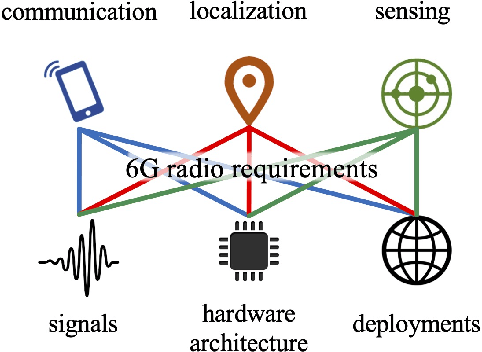
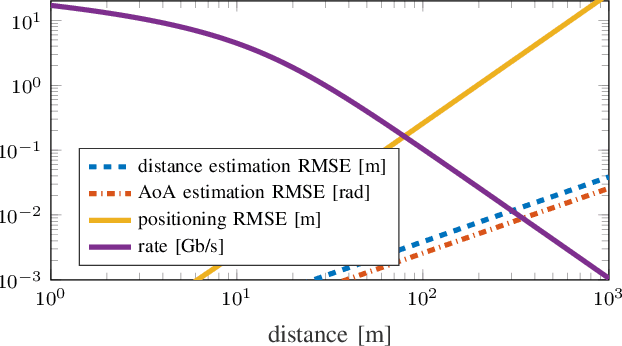
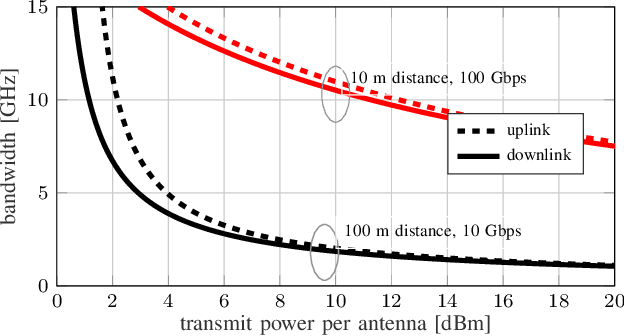
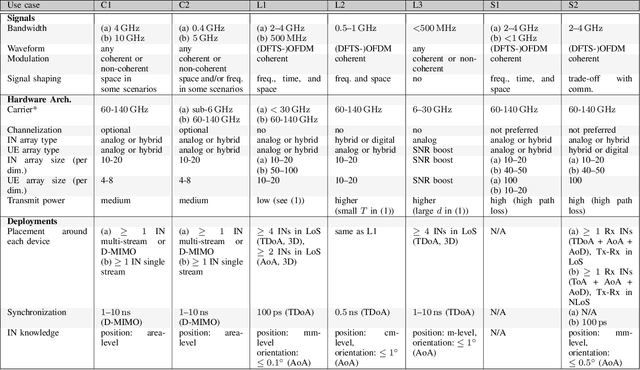
Abstract:6G will be characterized by extreme use cases, not only for communication, but also for localization, and sensing. The use cases can be directly mapped to requirements in terms of standard key performance indicators (KPIs), such as data rate, latency, or localization accuracy. The goal of this paper is to go one step further and map these standard KPIs to requirements on signals, on hardware architectures, and on deployments. Based on this, system solutions can be identified that can support several use cases simultaneously. Since there are several ways to meet the KPIs, there is no unique solution and preferable configurations will be discussed.
MCRB-based Performance Analysis of 6G Localization under Hardware Impairments
Apr 27, 2022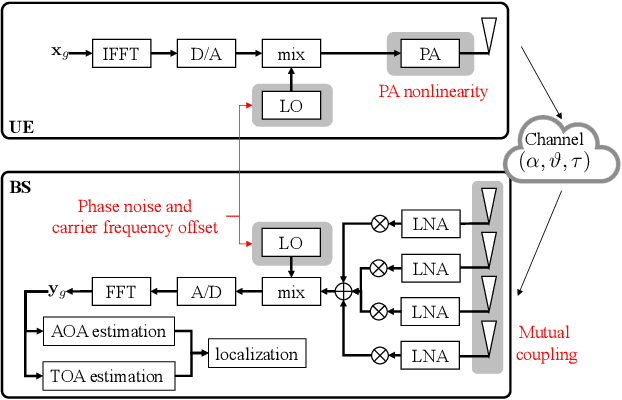
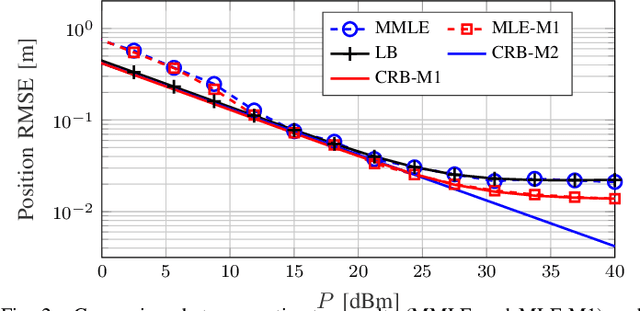
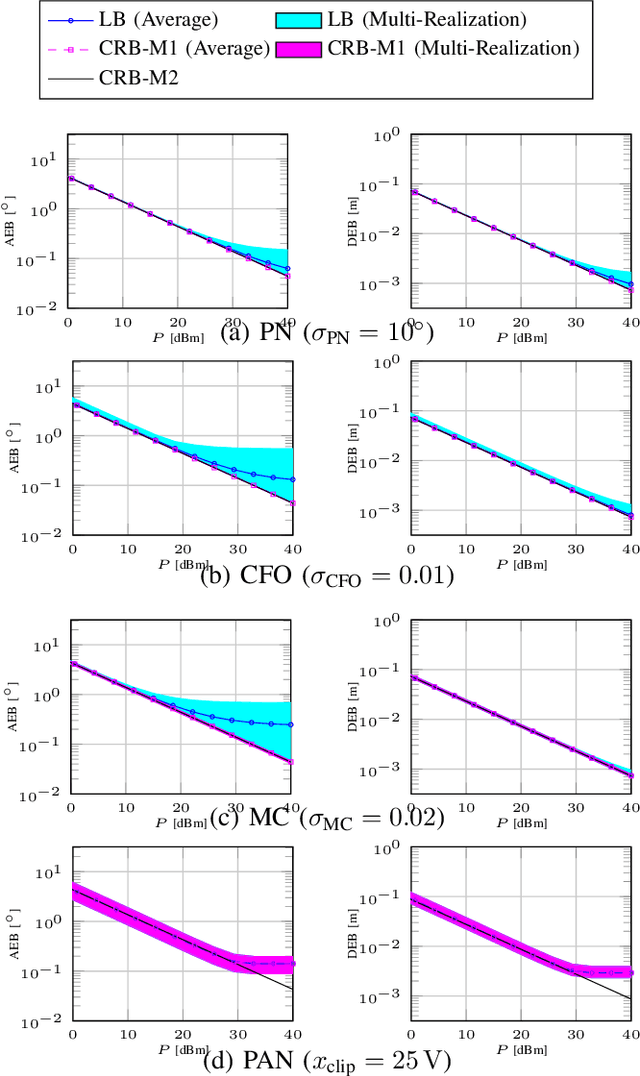
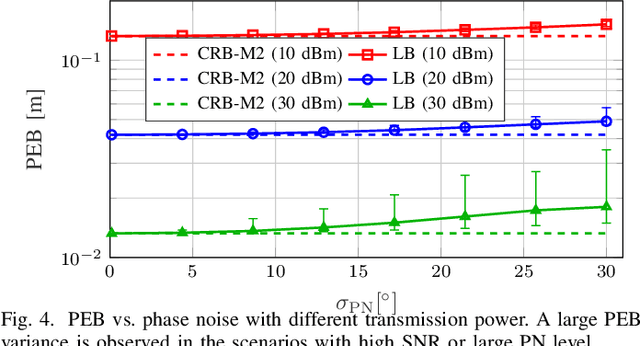
Abstract:Location information is expected to be the key to meeting the needs of communication and context-aware services in 6G systems. User localization is achieved based on delay and/or angle estimation using uplink or downlink pilot signals. However, hardware impairments (HWIs) distort the signals at both the transmitter and receiver sides and thus affect the localization performance. While this impact can be ignored at lower frequencies where HWIs are less severe, modeling and analysis efforts are needed for 6G to evaluate the localization degradation due to HWIs. In this work, we model various types of impairments and conduct a misspecified Cram\'er-Rao bound analysis to evaluate the HWI-induced performance loss. Simulation results with different types of HWIs show that each HWI leads to a different level of degradation in angle and delay estimation performance.
 Add to Chrome
Add to Chrome Add to Firefox
Add to Firefox Add to Edge
Add to Edge